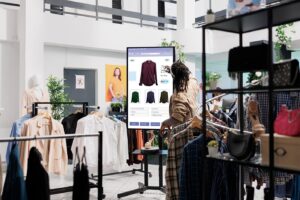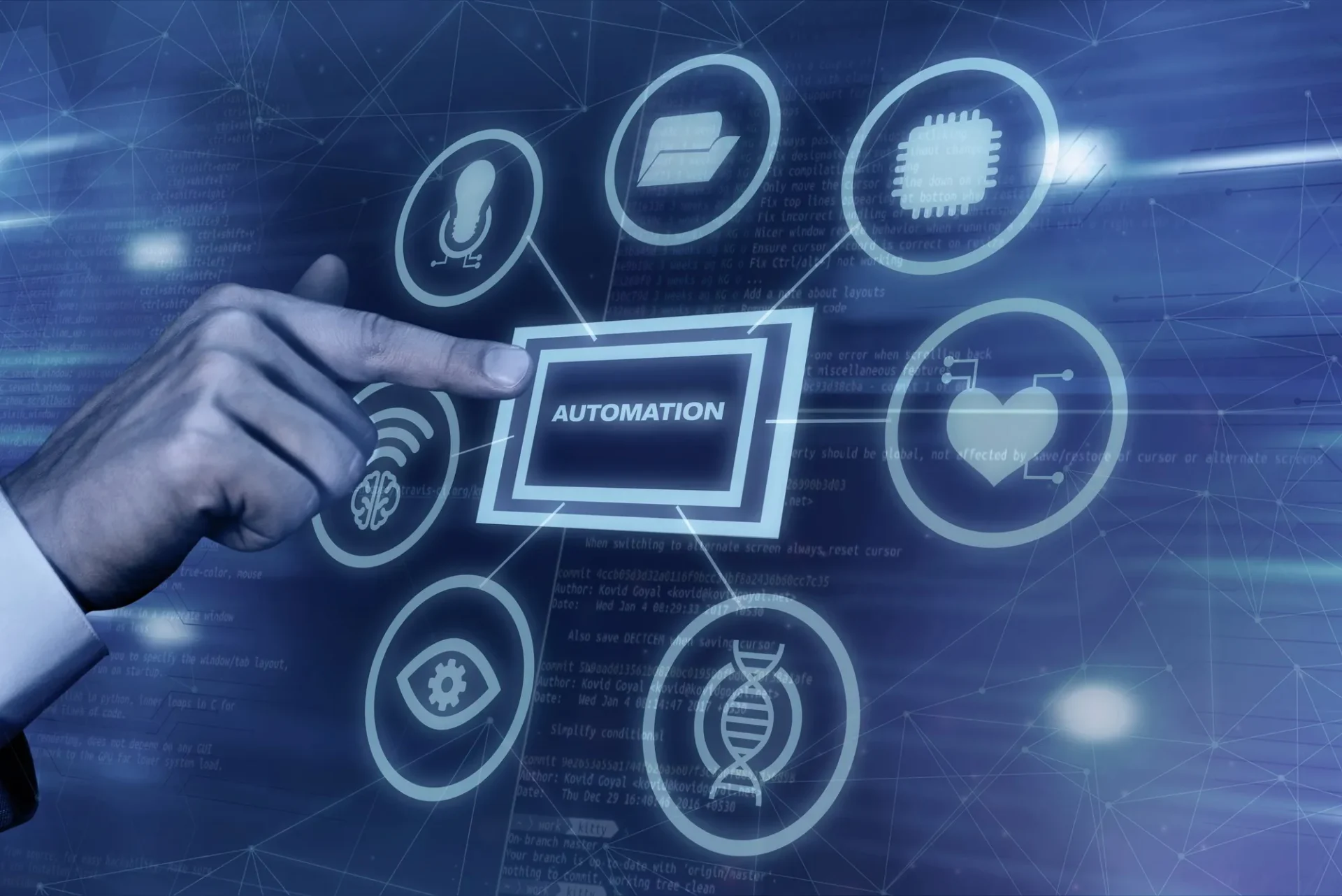
How Machine Learning Is Transforming Retail Shelves
Retail is at a turning point. For years, the focus was on moving everything into the cloud. But as stores embrace real-time decision-making, many are discovering that not every insight can wait for a server thousands of miles away. Enter edge AI — machine learning models running directly in stores, on cameras, kiosks, or local servers. The promise is faster reactions, better privacy, and greater resilience. Yet deploying it successfully is more complex than just shifting code from the cloud to the shelf.
Where Edge AI is Already Making an Impact
Across the retail industry, we’re starting to see real deployments that go far beyond hype. In the UK, Asda is trialing AI-powered cameras from Focal Systems that continuously monitor shelves to detect out-of-stock items or misplaced goods. The processing happens locally, meaning store staff receive alerts almost instantly. Morrisons has taken a similar route, scaling shelf-monitoring systems across multiple stores to improve product availability and reduce missed sales opportunities.
In the U.S., Old Navy is introducing RADAR, a platform that blends RFID, computer vision, and AI to track inventory in real time. By handling most of the processing at the edge, the system improves not only shelf accuracy but also the alignment between physical stores and online orders.

Loss prevention is another major use case. Self-checkout remains a magnet for shrinkage, and embedded vision systems are being deployed to detect missed scans or barcode switching in real time. Instead of waiting for centralized systems to analyze footage after the fact, these edge devices flag anomalies as they occur, helping staff intervene before losses escalate.
And beyond operations, edge AI is starting to inform the customer experience itself. By analyzing in-store movement patterns or dwell times, retailers can refine layouts, adjust promotions, and even personalize offers, all without shipping sensitive customer footage to the cloud.
Why It’s Not Easy
The potential is clear, but bringing machine learning to the store floor involves real challenges. Edge devices typically have limited compute and memory, so models must be optimized through pruning, quantization, or even designing lightweight architectures specifically for low-power hardware. Latency is another factor. Retail environments demand near-instantaneous responses: when a shelf is empty or a theft is in progress, waiting even a few seconds can make a difference.
There’s also the question of keeping models updated across hundreds or thousands of stores. Unlike cloud deployments, where updating a single endpoint cascades instantly, edge environments require careful orchestration of remote updates, rollback capabilities, and monitoring to ensure accuracy doesn’t degrade over time.
Privacy and compliance further complicate the picture. Although processing locally reduces the need to transfer data externally, edge devices are physically accessible and therefore more vulnerable. Ensuring encryption, anonymization, and compliance with regulations like GDPR isn’t optional; it’s foundational.
Finally, edge AI must integrate seamlessly with existing store systems. Inventory management, point-of-sale, and analytics tools often run on legacy infrastructure. Making edge devices “talk” to these systems requires middleware, APIs, and thoughtful workflow design.
Making Edge AI Work in Practice
The retailers seeing real results tend to follow a similar playbook. They start small with pilot projects in just a handful of stores, focusing on high-impact workflows like shelf monitoring or loss prevention. They then refine models, align hardware to store conditions, and only after validation do they scale.
Equally important is remote lifecycle management. Successful edge deployments include monitoring pipelines to track drift, inference accuracy, and device health. When updates are needed, they can be deployed securely without disrupting store operations.


Another lesson is the importance of staff buy-in. A system that constantly flags “stockouts” without clear instructions or trust from staff will be ignored. Training, clear protocols, and feedback loops ensure that edge AI augments human work rather than creating frustration.
And perhaps most importantly, the best implementations are designed privacy-first. Many retailers are choosing to anonymize video feeds at the source — blurring faces or focusing only on product-level data — so compliance and customer trust remain intact.
The Business Case
The ROI of edge AI is starting to emerge. Reducing out-of-stocks means fewer lost sales. Real-time theft detection cuts shrinkage significantly. Staff spend less time wandering aisles to manually check shelves, freeing them for higher-value work. Customers enjoy smoother experiences when products are available, layouts make sense, and self-checkout feels secure. Even bandwidth costs go down, since not every byte of footage needs to hit the cloud.
Asda and Morrisons are reporting improvements in shelf availability. Old Navy’s RADAR rollout is intended to close the gap between in-store and online inventory. These aren’t futuristic case studies; they’re happening now, and they highlight how edge AI is quietly becoming a core retail capability.
How 0xMetaLabs Fits in
At 0xMetaLabs, we see edge AI not as a shiny technology, but as a systems challenge. Building intelligence into stores requires not just models, but pipelines optimized for models that fit on constrained hardware, secure deployment systems that can roll out updates at scale, and integrations that connect insights to real store workflows.
We focus on helping retailers identify the highest-value use cases, architect model pipelines for edge deployment, and ensure the lifecycle from training to monitoring is handled reliably. Our work also emphasizes privacy and compliance, ensuring edge solutions meet regulatory standards while still delivering business impact. And because technology is only part of the equation, we partner with operations teams to make sure the outputs of edge systems are actionable, trustworthy, and easy for staff to adopt.
Conclusion
Edge AI is no longer a futuristic idea; it’s already reshaping how stores operate. By moving intelligence closer to the shelf, retailers gain the speed, resilience, and privacy needed to thrive in an environment where every second and every sale counts. But success depends on careful design, robust deployment pipelines, and strong alignment with store operations.
For retailers ready to bridge the gap between ambition and execution, edge AI offers a path forward. The challenge is making sure it’s done right, and that’s where thoughtful engineering and trusted partnerships make all the difference.
Reach out to us if you want to transform your retail operations with next‑generation technology.
You May Also Like
How Automation Debt Turns Scripts Into Outage Risks
Ut enim ad minim veniam, quis nostrud exercitation ullamco laboris nisi ut aliquip ex ea commodo con
How Real-Time Data is Powering Industrial IoT
Ut enim ad minim veniam, quis nostrud exercitation ullamco laboris nisi ut aliquip ex ea commodo con
How Voice, Wearable Sensors are Reimagining Interfaces
Ut enim ad minim veniam, quis nostrud exercitation ullamco laboris nisi ut aliquip ex ea commodo con




